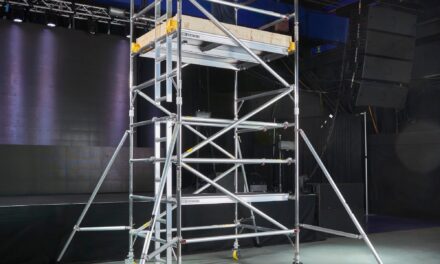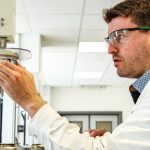Thousands of skin cancer cases in the UK could be prevented if businesses develop ‘sun safety strategies’, the leading chartered body for health and safety professionals warns today.
At least 1,500 new cases of non-melanoma skin cancer (NMSC) and 240 new cases of malignant melanoma linked to solar ultraviolet radiation (UVR) exposure at work are diagnosed in Britain each year.
But 90 per cent of all skin cancer deaths can be prevented if businesses – and their employees – take proper precautions.
During Sun Awareness Week (6-12 May), the Institution of Occupational Safety and Health (IOSH) is urging employers to save lives by developing ‘sun safety strategies’ that include regular updates on the UV index from weather forecasts, minimising sun exposure in the middle of the day, potentially swapping jobs among team members at regular intervals, and asking employees to wear long-sleeved, loose-fitting tops and trousers.
Mary Ogungbeje, Research Manager at IOSH, said: “Both malignant melanoma and non-melanoma skin cancer are on the rise in Britain and Europe and sun exposure is the main cause. In Britain alone, skin cancer kills 60 workers a year, and outdoor workers are particularly at risk due to the nature of their roles.
“However, the majority of skin cancer deaths can be prevented if people control their exposure to solar UV radiation. There are a range of ways businesses can adapt to better protect workers, from minimising exposure to direct sunlight in the middle part of the day to ensuring outdoor workers wear appropriate clothing.”
IOSH says it is vital managers, workers and the wider public understand the importance of good sun safety and make efforts to mitigate the risks. By being aware of the dangers of UV exposure and taking the necessary precautions, lives can be saved.
“Through our No Time to Lose (NTTL) campaign, we’re raising awareness of occupational cancer and some of the most common causes, including solar radiation,” said Mary Ogungbeje. “To help businesses develop sun safety strategies, we’ve developed a range of free practical resources to help prevent exposure. These resources can be downloaded at www.notimetolose.org.uk.”
IOSH presented the solar radiation phase of NTTL in Paris last month during a multi-stakeholder summit on occupational skin cancer, which was organised by the European Academy of Dermatology and Venereology (EADV).
The summit brought together a group of high-level representatives from medical and public health organisations, patient advocacy groups and trade unions to discuss how to improve workplace sun safety, provide earlier and better access to treatments and improve reporting and registration of NMSC cases.
At the event, it was highlighted that non-melanoma skin cancer is the world’s most frequently diagnosed cancer, with an estimated 2-3 million cases registered every year. The economic impact of work-related UVR is significant, with the annual healthcare costs in Europe estimated to be as high as EUR 853 million per year.
Ultraviolet radiation is a risk that particularly affects outdoor workers, who receive 5-10 times the yearly sun exposure of indoor workers.
Outdoor workers in construction, farming, fishing, recreation, sports and public services are regularly exposed to UVR for more than 75 per cent of their daily working hours. It is estimated that the risk of developing skin cancer increases significantly with five or more years of outdoor work.
To better understand workers’ attitudes towards sun safety, this year, IOSH funded new research led by researchers from Heriot-Watt University and the Institute of Occupational Medicine in Edinburgh to better understand UK construction workers’ attitudes towards sun safety and measure UV exposure.
The research investigated whether an intervention in the form of a combination of short messages delivered to the smartphones of construction workers, along with appropriate organisational support, can keep workers safe and healthy. The messages attempted to influence workers to reduce exposure to UV radiation in summer and to increase intake of vitamin D in winter when sun exposure cannot maintain a healthy amount.
The study shows that during the summer the desire to get a sun tan remained high among workers, with many exposing themselves to UV radiation deliberately, increasing their risk of developing non-melanoma skin cancer.
Professor John Cherrie, Principal Investigator on the research from Heriot-Watt University, said: “In Britain we love the sun and having a sun tan, but unprotected exposure to the summer sun can cause irreversible damage to our skin and ultimately may lead to a diagnosis of skin cancer. Our desire for a tan is stopping us from taking proper care to protect our skin from the damaging effects of the UV radiation in sunlight.”





